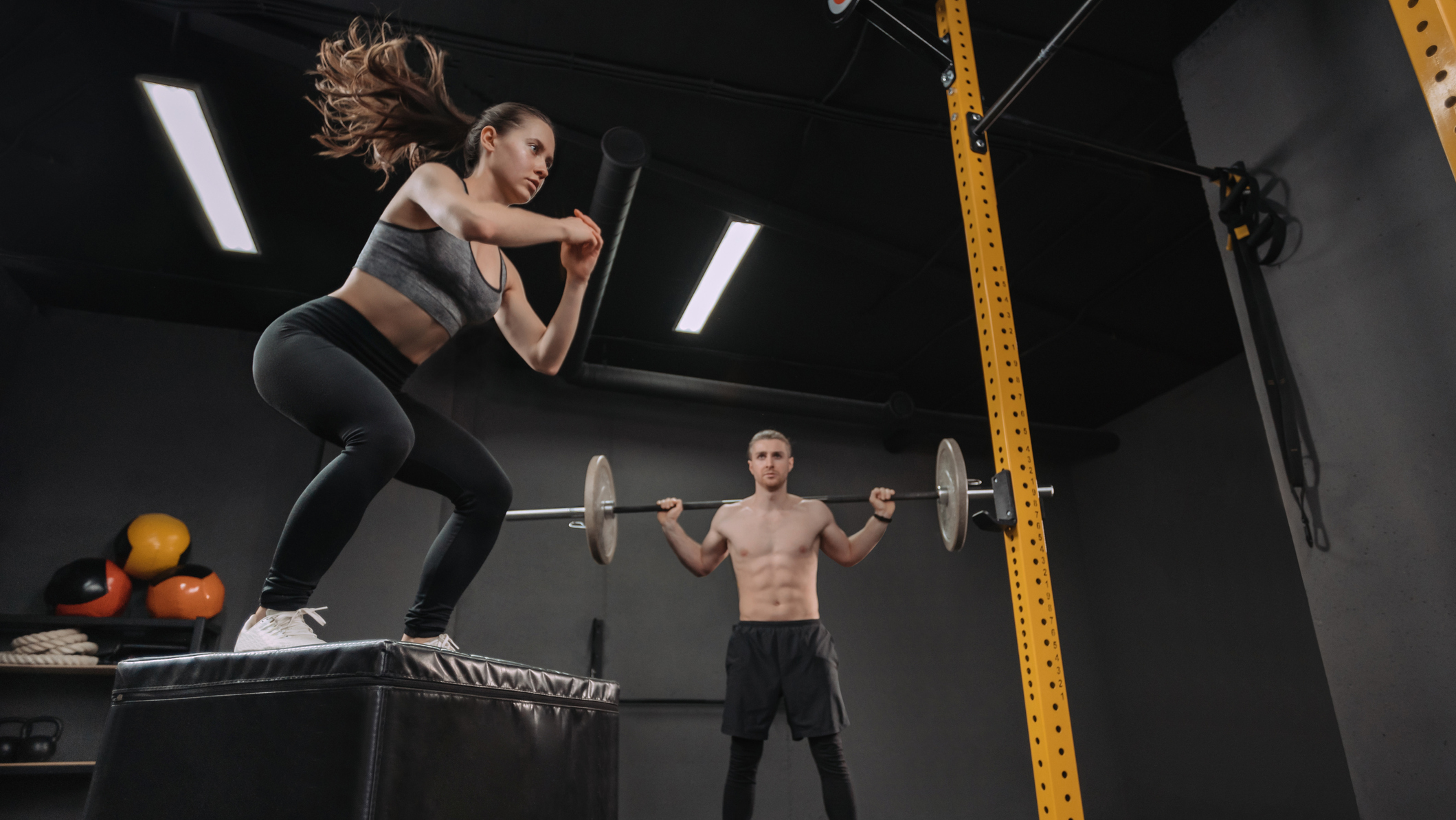
For years I ran a push/pull/legs bodybuilding split and most sessions started in a similar fashion: a heavy bench press, barbell row, deadlift or back squat. But what if there was a way to draw more from your first exercise? Well, there is.
Let me introduce contrast training, a lifting technique that pairs a heavy compound lift with an explosive exercise to develop strength, power and athleticism simultaneously.
“It’s an advanced training method for people who want to level-up their training, or train with more intensity,” functional strength coach and ACE-certified personal trainer Melissa Kendter tells me.
It’s a useful tool for anyone looking to improve their strength, speed and quality of athletic movement too, Kendter says, having previously used it to train for soccer.
“Every athlete is going to be different and have different goals, but contrast training gets your body ready in terms of strength development and being able to move quickly. You’re working on strength and explosive power, which can translate to whatever sport you want.”
How To Get Contrast Training Right
Contrast training isn’t as simple as lifting heavy then doing something explosive. If you want to reap the benefits, there are rules you have to follow.
Firstly, the two exercises have to work the same muscle groups and movement patterns, and they have to be performed as a superset with minimal rest between them.
“You could do a deadlift to a broad jump, a back squat to a jump squat, or an overhead press with a med ball slam,” Kendter says. “You’re pairing similar movements so you effectively train the entire muscle group for strength and power.”
You also have to pick an appropriate weight and intensity for the two exercises.
“You don’t want to do your one-rep max on the first part, that isn’t the goal. You should be looking at more like three to five reps at 85-90% of your max.”
Think about having two reps in reserve during this first set, Kendter advises. This means you should feel like you could do two more reps of the exercise before failure.
“The plyometric movement is about being explosive, not just going through the motions.
“You want it to be a max effort. If you’re doing back squats into squat jumps, you should be jumping as high as you can, landing softly, resetting, then doing it again for five total reps.”
After you’ve done this, rest for three minutes then repeat.
How To Add Contrast Training Into Your Exercise Plan
This tag team of a heavy lift and a plyometric exercise makes for a taxing combination, so you’re going to want to pay close attention to how you weave contrast training into your workouts.
“Because it involves a higher stimulation of your central nervous system, I would only do contrast training one or two times a week, and always use it for your first exercise pairing in your workout. After that, you can go on to your accessory movements,” says Kendter.
The only exception to this, she adds, is if you’re doing full-body workouts with multiple compound lifts.
“Say you’re doing two compound lifts, like a back squat with a jump squat then maybe bench press with plyo push-ups. This is working different areas of your body, so it’s not as solely taxing on one area so you could do them in the same session.”







